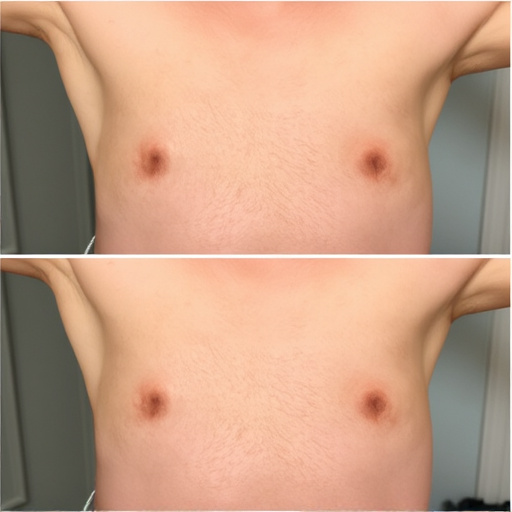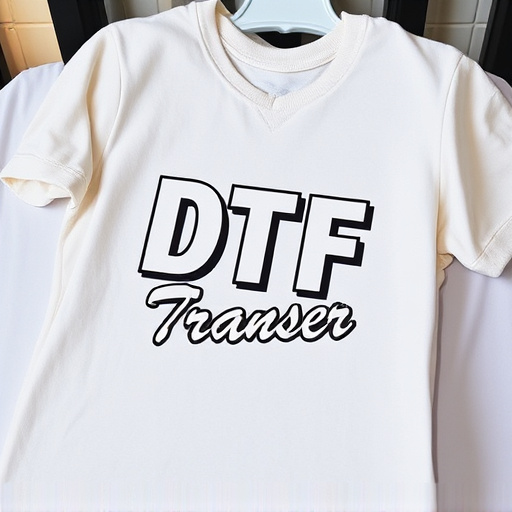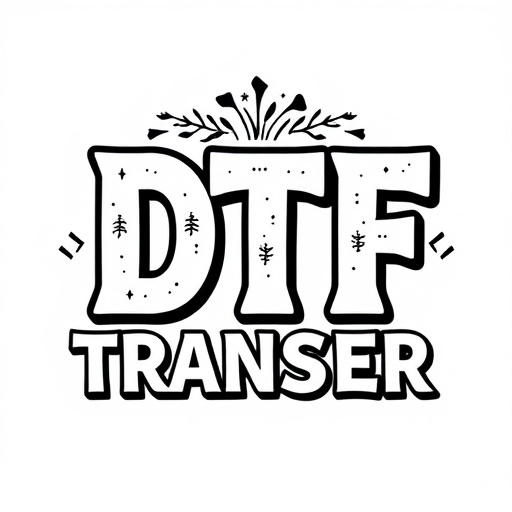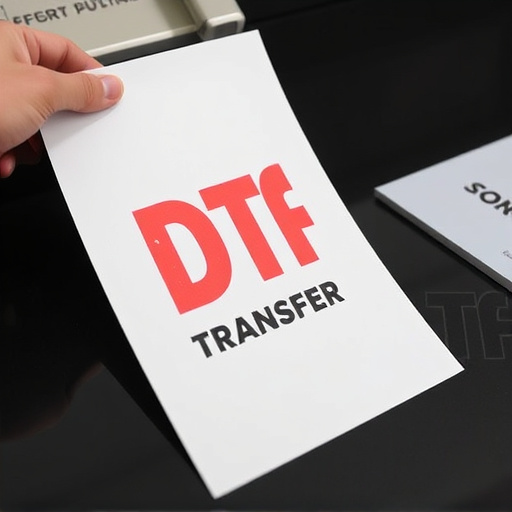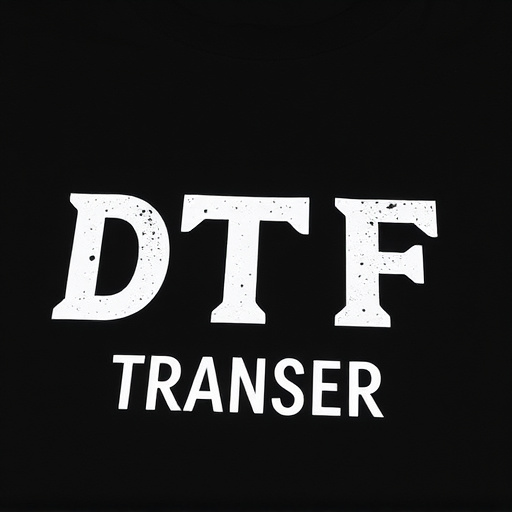Direct-to-Film (DTF) transfer technology disrupts printing methods, offering precise digital image transfers to film for printing on materials like vinyl and glass. DTF prints are known for vibrant colors, durability, and weather resistance, ideal for outdoor applications. Lifespan factors include original film/print quality, printing techniques, substrate choice, and post-application care. High-quality materials, proper surface preparation, accurate application, and curing enhance longevity. Despite their reputation, DTF transfers require care to prevent fading. Real-world studies show DTF's superior durability for outdoor advertising. Future advancements aim to improve longevity, protect against damage, and streamline production while maintaining high standards.
Direct-to-film (DTF) transfer technology has revolutionized printing, offering vibrant, long-lasting results. This article delves into the durability of DTF transfers, exploring key factors like ink quality, substrate choice, and application methods that impact lifespan. We bust common misconceptions, provide real-world case studies, and look ahead to future trends in DTF printing, ensuring you’re equipped with insights to make informed decisions for your projects. Maximize the longevity of your DTF prints by understanding these essential factors.
- Understanding Direct-to-Film (DTF) Transfer Technology
- Key Factors Influencing DTF Transfer Lifespan
- How to Maximize the Longevity of Your DTF Prints
- Common Misconceptions About DTF Transfer Durability
- Real-World Applications and Case Studies
- Future Trends in DTF Printing and Durability
Understanding Direct-to-Film (DTF) Transfer Technology

Direct-to-Film (DTF) transfer technology is a cutting-edge printing process that has revolutionized the way we reproduce images and graphics on various surfaces, particularly in the fields of signmaking and advertising. This innovative technique involves transferring ink or dye directly from a digital source to a film, which then serves as a master copy for printing onto substrates like vinyl, fabric, or even glass. DTF Printing offers unparalleled precision and clarity, ensuring that intricate designs and fine details are captured accurately on the final print.
The lifespan of DTF transfers is an area of growing interest in the industry. These prints have gained popularity due to their vibrant colors, durability, and versatility. When applied correctly, DTF prints can withstand outdoor conditions, making them ideal for advertising boards, vehicle graphics, and window decorations. The technology’s ability to produce long-lasting, high-quality images contributes to its growing adoption across diverse industries, ensuring that visual messaging remains effective over extended periods.
Key Factors Influencing DTF Transfer Lifespan
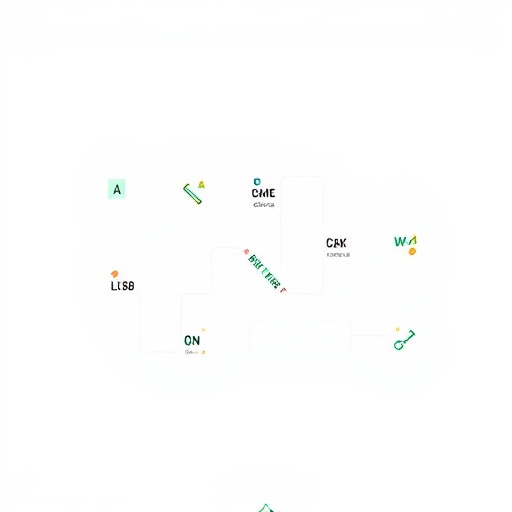
Several key factors significantly influence the lifespan of Direct-to-Film (DTF) transfers and prints. One of the primary considerations is the quality of the original film or print from which the transfer is made. High-resolution source materials ensure a more detailed and long-lasting DTF outcome. The printing process itself plays a critical role; using advanced techniques like UV or laser printing can enhance durability by curing the ink, making it more resistant to fading and damage.
The choice of substrate (the material the transfer is applied to) is another crucial aspect. Different materials offer varying levels of protection and longevity for DTF prints. For instance, vinyl and certain types of plastic films are known for their durability, making them ideal for outdoor applications or environments with high exposure to sunlight and moisture. Additionally, the care and maintenance routines implemented after application can dramatically extend the lifespan of DTF transfers; this includes proper cleaning, sealing, and protective coatings to safeguard against wear and tear.
How to Maximize the Longevity of Your DTF Prints

To maximize the longevity of your DTF (Direct-to-Film) transfers and prints, consider a few key strategies. First, use high-quality materials from reputable manufacturers; this ensures the best base for long-lasting adhesion. Proper surface preparation is also vital; clean, dry, and degrease the substrate to ensure optimal contact between the film and the material.
Additionally, precise application techniques are crucial. Follow manufacturer guidelines regarding pressure and time during application to achieve a secure bond. Post-application, cure the print under recommended conditions, whether that’s heat or UV light exposure. Regularly inspect your DTF transfers for signs of wear or damage, and maintain proper storage conditions—cool, dry places away from direct sunlight—to prevent premature degradation.
Common Misconceptions About DTF Transfer Durability

Many believe that Direct-to-Film (DTF) transfers are indestructible, leading to a common misconception about their long-term durability. While DTF prints offer excellent resistance to everyday wear and tear, they aren’t entirely immune to fading or damage over time. Factors like exposure to sunlight, frequent handling, and poor storage conditions can significantly impact the longevity of these transfers. It’s crucial to understand that while DTF technology provides a robust solution for many applications, it isn’t a permanent fix.
Another misunderstanding is that any DTF transfer will last indefinitely when applied correctly. The truth is, the lifespan of a DTF print depends on various factors, including the quality of the original image, ink composition, and application method. Proper care and handling are essential to maximize the durability of these transfers, ensuring they remain vibrant and legible for years to come.
Real-World Applications and Case Studies

In real-world applications, Direct-to-Film (DTF) transfer technology has proven its durability and longevity in various industries. This method, which involves transferring images directly onto film or other materials, offers a robust solution for long-lasting prints. Case studies have shown that DTF transfers can withstand harsh environmental conditions, making them ideal for outdoor advertising, where banners and posters need to maintain their integrity for extended periods.
For instance, in the event of a large-scale promotional campaign, DTF printing ensures that graphics remain vibrant and legible even after months of exposure to sunlight and varying weather conditions. This durability is attributed to the high-quality inks and specialized films used in the process, resulting in prints that can last up to several years without significant degradation, thus making DTF transfers a reliable choice for businesses seeking long-term solutions.
Future Trends in DTF Printing and Durability

The future of direct-to-film (DTF) printing looks promising, with ongoing advancements in technology pushing the boundaries of durability and longevity for DTF transfers. As demand continues to grow across various industries, from fashion to advertising, researchers and manufacturers are developing innovative solutions to enhance the lifespan of DTF prints.
One emerging trend is the exploration of new materials and coatings that offer superior protection against fading, scratching, and water damage. These advanced formulations promise to extend the vibrancy and durability of DTF transfers, ensuring they remain visually appealing for extended periods. Additionally, there’s a push towards more efficient printing processes that can streamline production while maintaining high-quality standards, resulting in cost-effective, long-lasting DTF prints tailored to diverse applications.




